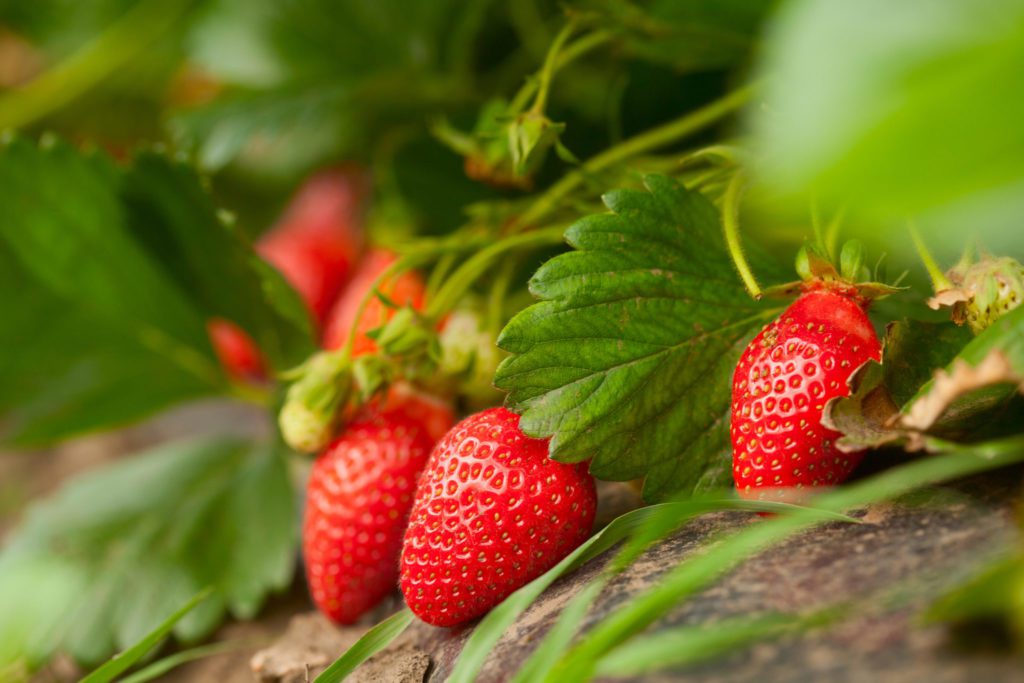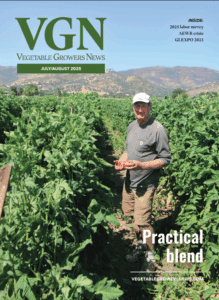May 3, 2022Pollination can improve strawberry quality and shape
Strawberries are aggregate fruits. They have multiple ovules per receptacle where the fruit is formed. The strawberry receptacle may have up to 500 ovules per berry. You will see these as “seeds” on the outside of the strawberry fruit which are called achenes.
To have the largest berry possible, you need as many of these ovules to be successfully pollinated as possible. To avoid misshapen fruits the achenes need to be pollinated evenly and fully. With pollination, the receptacle tissue around the achenes will develop to form the strawberry fruit.
Strawberries have both male and female flower parts on the same flower and can self-pollinate. Wind and rain can move pollen within the flower. However, this usually does not allow for full pollination of all the ovules. Bees, such as honeybees or bumblebees, are usually necessary to allow for complete pollination. Some flowers produce bigger berries when cross pollinated with pollen from other flowers. Incomplete pollination will often result in smaller or misshapen berries.
Strawberry flowers are not heavy nectar producers. However, bees do visit the flowers and studies have shown that where native bees are limited, adding hives of honeybees or bumblebees increased productivity. It is recommended that each flower receive 16-25 bee visits. This is particularly true of the king berries, which form from the first flower to open on a fruiting truss.

Figure 1. Modes of pollination in strawberry flowers include self-pollination (pink), wind (blue), and insects (green)
As seen in Figure 1, there are many ways for pollen to be transferred within the flower and unlike some crops, strawberries are self-fertile. However, maximum yields are possible with a combination of self-pollination (pink), wind (blue), and insects (green).
Although flowers are capable of self-pollinating, each pistil must receive pollination, and studies have shown that self-pollination and wind-blown pollen are often not sufficient to completely pollinate a flower. Only about 60-70% of maximum pollination results from these vectors alone, and open pollination with the aid of insects is necessary for the greatest yield.
Insect pollination can also improve strawberry quality and shape, meaning that berries last longer and look fuller. Read more at: https://entomology.ces.ncsu.edu/small-fruit-insect-biology-management/strawberry-pollination-basics/

















